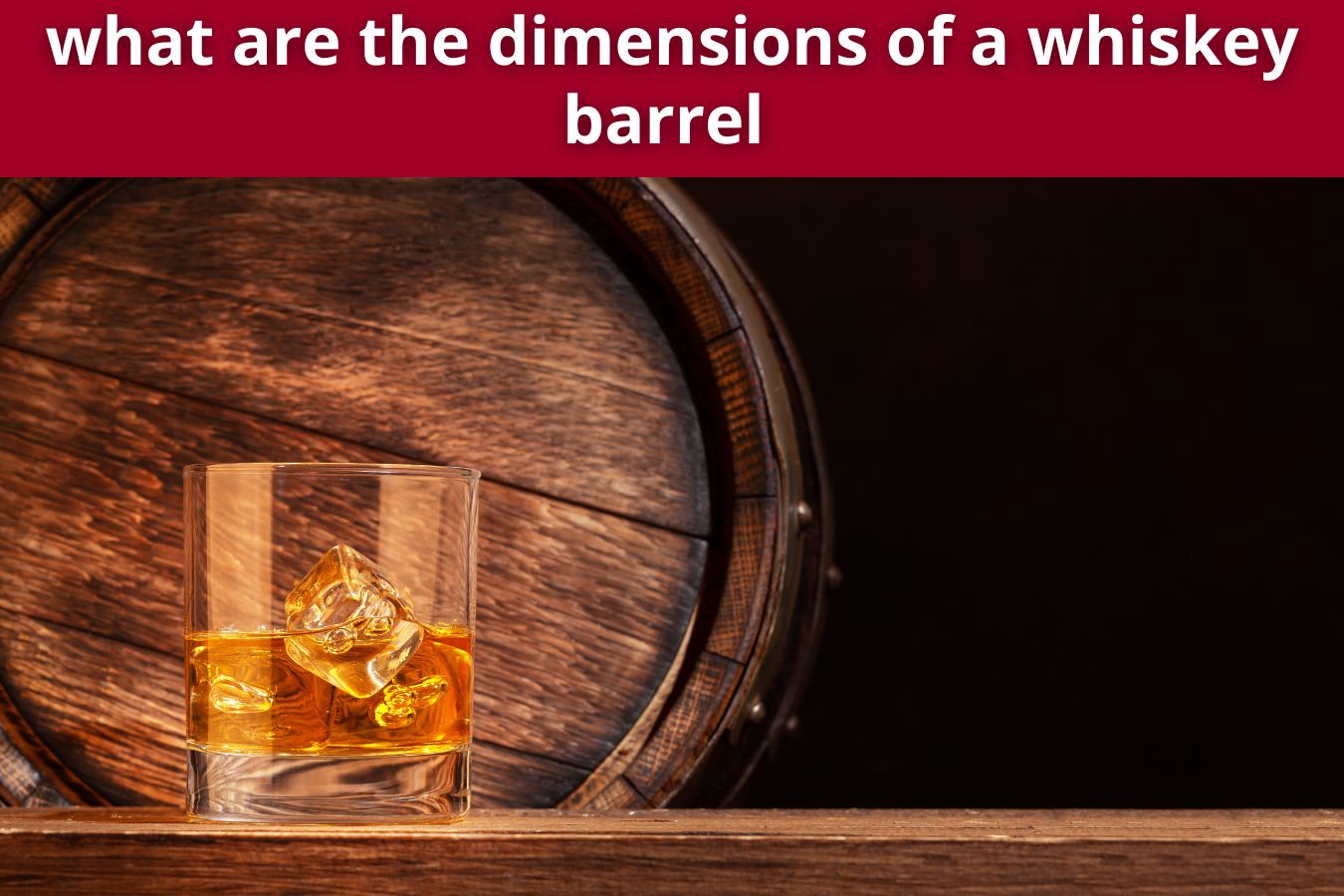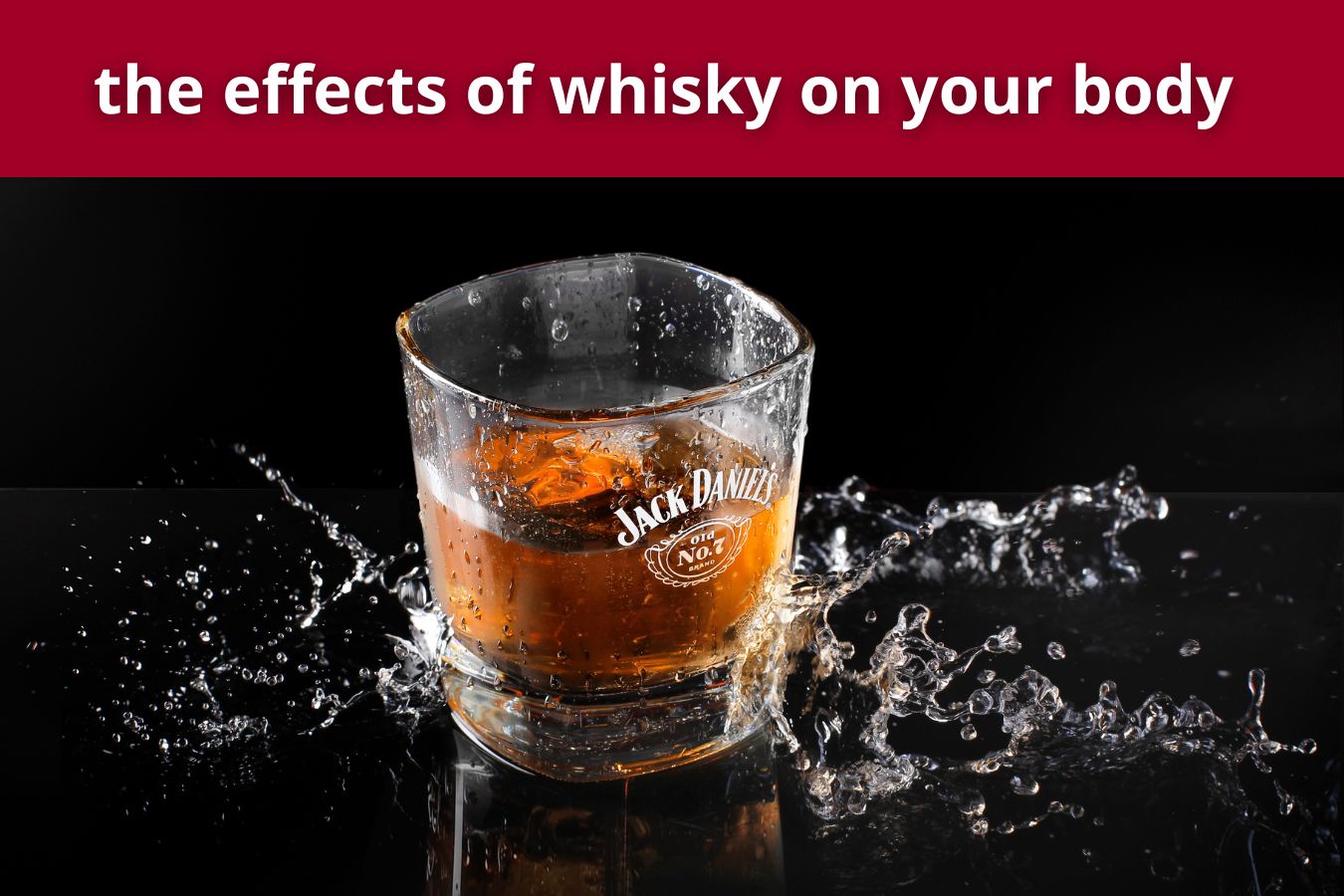There are several ways to determine what whisky tastes like. Some whiskies have a fruity flavour, others have a spicy or unique flavour. Some whiskies are smooth, while others are stronger. For example, Nant Single Malt whisky is known for its smooth finish. For people who like a heavier taste, Bakery Hill Cask Strength Single Malt whisky is an excellent choice. Once you know what whisky tastes like, you can try a variety of different types.
Table of Contents
Identifying whisky’s flavour
The first step to properly identify a whisky’s flavour is to learn about its aroma. A common whiskey aroma is sweet, with a lingering fragrance that varies depending on the grain used to make it. The aroma also varies from cask to cask, depending on the distillation process and the charred wood used to make it. Whiskey’s aroma is not consistent, so you may want to sample a number of samples before you settle on a particular one.
The flavour of whisky is influenced by the process of maturation in wood barrels. A variety of variables affect the process, from the type of barley used to the fermentation and distillation methods. The terroir of a distillery can also influence the taste of a whisky. For example, a whisky made in a tropical environment can have a more floral, fruity, and peaty flavour.
If you’re interested in learning more about the flavour of a particular whiskey, you can look up its classification system. The Scotch whisky classification system is divided into 10 clusters. These clusters are characterized by fruity, floral, and spicy notes. Some distilleries are more pungent than others. Generally, high-peat whiskys are better suited to wine-lovers, while those that are low-peat often have a sweeter flavour.
Detecting whisky’s flavour with ice cubes
Detecting whisky’s flavour with the aid of ice cubes is a good way to learn more about a particular spirit. But there are a few things to keep in mind. Ice is a porous material and can absorb a lot of the scents and flavors from the environment. So, it is important to store it in an airtight container or zip lock bag. Another important factor to keep in mind is the age of your ice. Newer ice will have less time to absorb flavours.
If you’re using ice cubes to detect the flavour of whisky, you should keep in mind that they will dilute the liquor. This is because the ice will pick up the temperature from your mouth very quickly, which is 37C. As a result, your whisky will cool off and warm up, bringing out its flavour more. However, ice will dilute the whisky, and the rate at which it dries depends on the size of the ice and the speed of consumption.
It’s better to drink whisky straight rather than slushy, as this will allow you to get the fullest experience of its flavour. However, when you drink it on ice, it is also better to mitigate the heat caused by the alcohol. Ice cubes with large sizes are ideal for this purpose. They also help mitigate the heat and make your whisky drink even cooler.
Tasting whisky with a glass of water
Some people enjoy drinking whisky with a glass of water, but this practice is not appropriate for the most renowned scotches. Water disrupts the balance of the alcohol and aroma molecules in the whisky, altering the taste and aroma. As water dilutes ethanol, the vapors at the surface are more easily discerned, as they are freed from the alcohol. Adding water also disturbs the balance of other volatile compounds in the whisky, as the smells of caramel and birch are often the first to enter the nose.
A dropper is essential for adding water to your whisky. For precise proportions, use a pipette or dropper. These tools are highly recommended by whiskey aficionados. A dropper is 200mm in diameter, and it looks like the top of a pot still. Unlike other tasting devices, it is easier to keep the glass in your hand for added convenience. You should invest in a dropper or spoon if you’re planning to use a dropper.
Before tasting whisky with water, make sure you’re using still spring water. Adding mineral water can confuse the process. Once the whisky is diluted with a glass of water, you can re-taste it for different flavors. You can add two or three drops of water. For a practical version, use several glasses; for a scientific experiment, you need more glassware. A glass of water can also help you hold the whisky in your mouth for longer.







